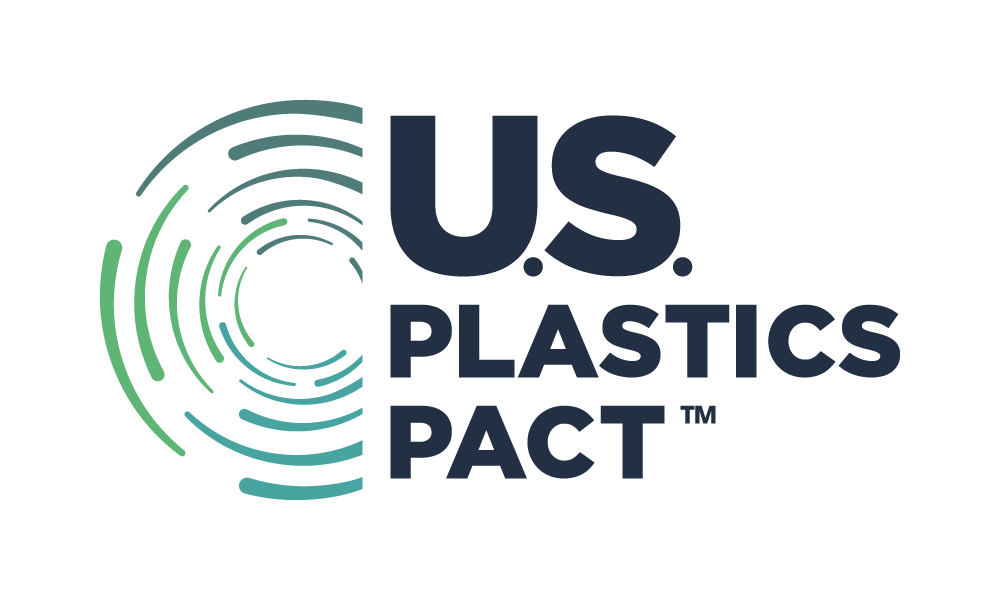Quality Assurance (QA) Considerations for Mechanically Recycled PCR
PCR Quality for incoming recycled content resin or flake sent to converter making packaging material
- Review PCR Resin grade for intended use
- A Certificate of Analysis (COA) can help to measure characteristics that are critical to converting material
PCR Quality for finished packaging materials that contain PCR, material sent from convertor to end user of the material
- A Certificate of Analysis (COA) can help to measure characteristics that are critical to end user of the material
- Consideration on recycled content type and end use
- Volatile Organic Compounds (VOC) analysis could be used to identify substances and review for malodors
- L*a*b values (the Hunter scale to measure color) for hue could be used to review color of resin or end product – learn more here
- Ensure Organoleptic evaluations completed if needed based on intended use
- Recycled content is an intentional impurity and materials could appear off-color or have black specs
QA Considerations
Using PCR in Food Grade Applications
Plastic is used for packaging of almost every type of product from food and drinks to cleaning supplies and durable goods. In order to ensure that recycled plastic used in food contact applications is safe for consumers, the U.S. Food and Drug Administration (FDA) has a means for reviewing recycling processes used by recycled resin producers. The FDA evaluates the processes, test results and the proposed conditions for the use of the plastic to ensure that any contaminant concentrations do not migrate from plastic into food and result in dietary concentrations that exceed a negligible threshold (less than 0.5 parts per billion).
The packaging is approved for the type of food, the duration of contact and the range of temperature applications from freezing up through high oven temperatures. It is important to note that a favorable determination for a given condition does not mean the package is suitable for other applications.
The FDA issues favorable opinions through No Objection Letters (NOL) which are also commonly referred to as LNO’s within the industry. As of September of 2022, there were 271 NOL’s listed in the FDA’s searchable database. While the vast majority of those listed are for PET, there are multiple listings for other resins including HDPE, LDPE, PP, and PS. Food grade recycled resins are most commonly available for PET (rPET), but natural HDPE and others are increasing in availability.
Suppliers are also developing solutions that use various manufacturing techniques to embed recycled materials between layers of virgin materials. These layering techniques can be implemented for both rigid and flexible packaging solutions. The FDA has established “an effective barrier” thickness for PET at different conditions and offers guidance for studies with other resins. Advanced recycling technologies (also referred to as chemical recycling) produce resins that are comparable to virgin resins and, thus, suitable for food contact. Many of these technologies can also tolerate high levels of food residue.
References:
- Searchable list of No Objection Letters
- Guidance for Industry: Use of Recycled Plastics in Food Packaging (Chemistry Considerations)
- Food Types & Conditions of Use for Food Contact Substances
Converter Preparation
Choose a converter that is ready and able to integrate PCR by focusing on:
- Available capacity – potentially requires changeovers along with running at a reduced rate
- Infrastructure to bring in material – this can drive additional cost
- Previous experience with PCR – ensures the converter has sufficient knowledge of PCR needs
- Technical expertise – to problem solve development issues
- Understands the value of PCR and has a willingness to think outside of the box
Adding on-pack messaging about recycled content included in packaging can help with public education and acceptance.
Percent Targets
Integrating 25% PCR into non-film applications like bottles and rigid plastics is generally considered the norm. The converter will typically do a trial run with PCR to see which, if any, processing changes are needed for the integration of PCR. During that trial, it is recommended to test different percentages: 25%, 50%, 75%, up to 100%. While you may only use 25% at the time of launch, you will know to what level you are able to integrate PCR into your package, how the different levels affect the appearance, and any processing changes that are required. This will be valuable information in the future as the PCR supply becomes more abundant.
For film, 10% is an achievable target but testing up to 40% is a worthwhile endeavor.
On-Pack Labeling
Before any claim of recycled content is made on-package, consult the Federal Trade Commission (FTC) Green Guides to ensure compliance.
A growing number of American consumers are looking to buy environmentally friendly “green” products from recycled paper to biodegradable trash bags. Companies have responded with “green” marketing touting the environmental benefits of what they’re selling. But sometimes what companies think their green claims mean and what consumers really understand are two different things. The Federal Trade Commission’s Green Guides are designed to help marketers avoid making environmental claims that mislead consumers. States may have different requirements in addition to the federal Green Guide recommendations.
The Green Guides were first issued in 1992 and were revised in 1996, 1998, and 2012.
The guidance they provide includes:
- general principles that apply to all environmental marketing claims;
- how consumers are likely to interpret particular claims and how marketers can substantiate these claims; and
- how marketers can qualify their claims to avoid deceiving consumers.
The FTC’s most recent update of the Guides is designed to make the guidelines easier for companies to understand and use. The changes include new guidance on marketers’ use of product certifications and seals of approval, claims about materials and energy sources that are “renewable,” and “carbon offset” claims.
The Federal Trade Commission announced that it is seeking public comment on potential updates and changes to the Green Guides for the Use of Environmental Claims. The Commission’s Green Guides help marketers avoid making environmental marketing claims that are unfair or deceptive under Section 5 of the FTC Act. The Commission seeks to update the guides based on increasing consumer interest in buying environmentally friendly products.
The U.S. Pact will be providing comments to the FTC to shape the next version of the Green Guides.
Certification Statement
The U.S. Plastics Pact encourages certification of PCR materials. This ensures that the materials are indeed postconsumer recycled materials and increases confidence in any claims made by the company. PCR Certifiers include SCS Global Services and UL Solutions. The U.S. Pact has developed a set of general principles for effective PCR certification that includes requiring third-party certification, incorporating equity, and maintaining transparency, among other important aspects.
PCR Certification General Principles
PCR Toolkit Homepage
- PCR Toolkit Introduction
- U.S. Pact Background
- PCR Defined
- U.S. Pact Testimonials

Why Use PCR?
- Environmental Benefits
- Benefits Calculator
- APR Graphics
- Consumer Perception
- U.S. Pact Requirement
- Legislation Requirements

Purchasing PCR
- Finding a PCR Supplier
- Pricing Models for PCR
- Factors that Impact PCR Price
- Contract Considerations
- Purchasing Direct from PCR Supplier or Through a Plastic Converter

Join the U.S. Pact
PCR use is critical to achieving a circular economy in the plastics industry. Please contact us about joining the U.S. Pact if your organization is committed to keeping plastic in the economy and out of the environment.
CONTACT USDisclaimer
The U.S. Plastic Pact created this toolkit to assist U.S. Pact Activators in voluntarily purchasing postconsumer resin for their products and packaging. This toolkit does not contain any endorsements, recommendations, legal or financial advice, and should not be construed as such. The U.S. Pact and contributing authors are not liable for any business decisions that result from consulting this toolkit.
